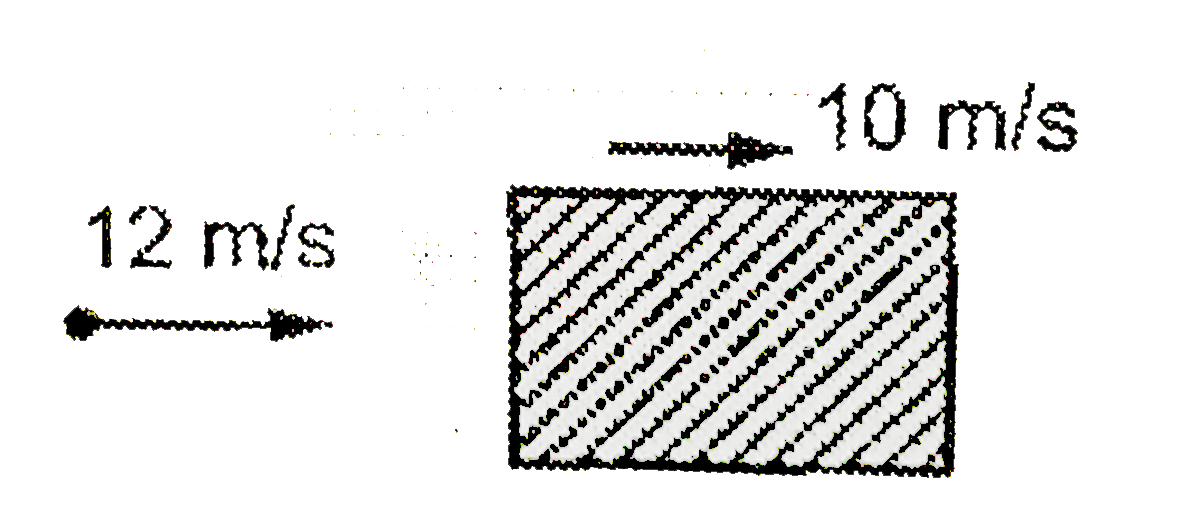Conservation of momentum in a collision between particles can be understood from
A
conservation of energy
B
Newton s first law only
C
Newton s second law only
D
both Newton s second and third law
Video Solution
Text Solution
The correct Answer is:d
Conservation of momentum in a collision between particles can be understood from both, Newton s2nd law and 3rd law .
|
Topper's Solved these Questions
- LAWS OF MOTIONBOOK - PRADEEPCHAPTER - LAWS OF MOTIONEXERCISE - Fill in the blanks
20 Videos
- LAWS OF MOTIONBOOK - PRADEEPCHAPTER - LAWS OF MOTIONEXERCISE - Problems for practice
112 Videos
- LAWS OF MOTIONBOOK - PRADEEPCHAPTER - LAWS OF MOTIONEXERCISE - Value Based Questions with Answers
5 Videos
- KINEMATICSBOOK - PRADEEPCHAPTER - KINEMATICSEXERCISE - 1 NCERT Comprehension
4 Videos
- MATHEMATICAL TOOLSBOOK - PRADEEPCHAPTER - MATHEMATICAL TOOLSEXERCISE - Fill in the blanks
5 Videos
Similar Questions
Knowledge Check
Conservation of momentum in a collision beween particles can be understood form
Aconservation of enegry.BNewton's first low only.CNewton's second law only.Dboth Newton's second and third law.Conservation of momentum in a collision between particles can be understood on the basis of:
ANewton's first law of motionBNewton's second law of motion onlyCBoth Newton's second law of motion and Newton's third law of motionDConservation of energyIn an elastic collision between two particles
Anet external force is zeroBthe kinetic energy of the system before collision is equal to the kinetic of the system after collision.Clinear momentum of system before collision = linear momentum after collisionDthe total energy of the system is never conserved.
Conservation Of Linear Momentum
View SolutionLaw of conservation of momentum and application
View Solution(a)What is essential condition for the validity of the law of conservation of linear momentum?
(b)In any collision, is total energy conserved?
View SolutionIn an elastic collision between two particles
View SolutionA light particle moving horizontally with a speed of 12m/s strikes a very heavy block moving in the same direction at 10m/s. The collision is one-dimensional and elastic. After the collision, the particle will

View Solution
